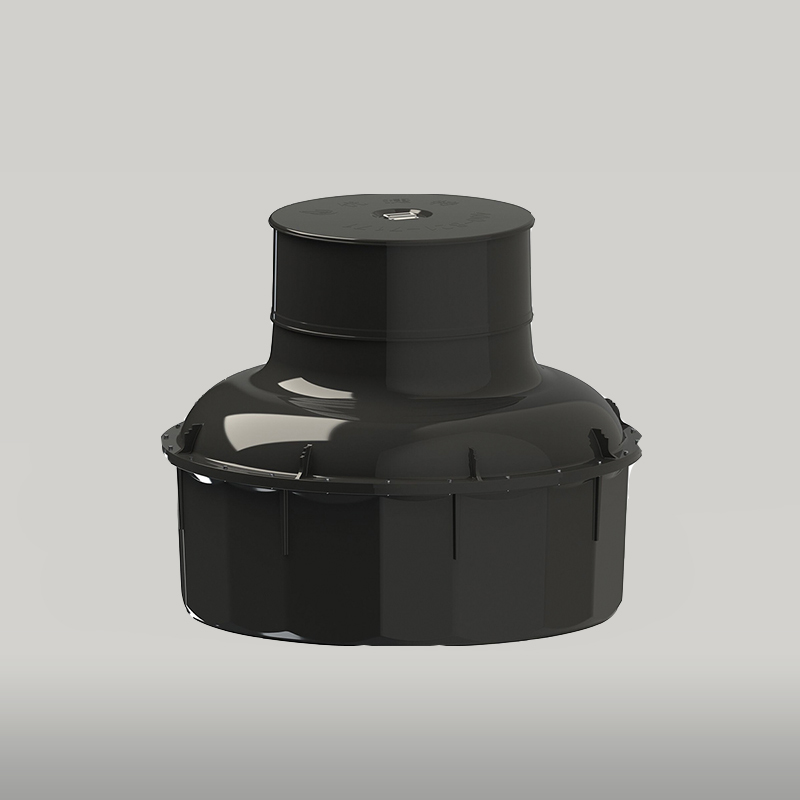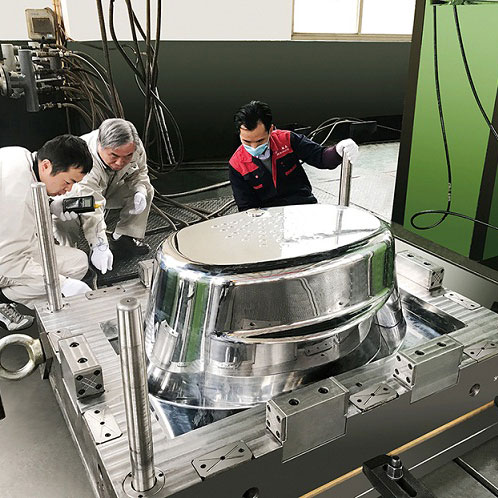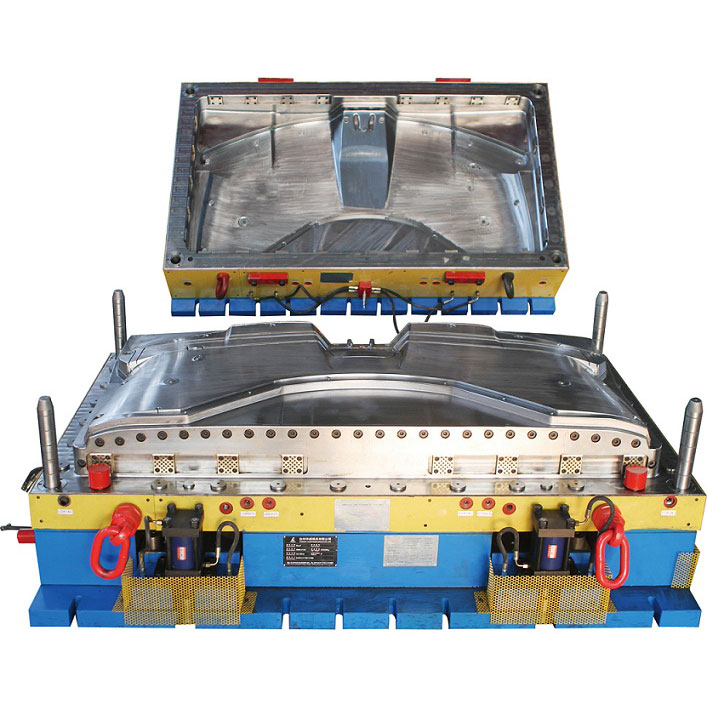In the world of manufacturing and design, the term "stamping" has significant meaning. This process is used across a wide range of industries to produce a variety of products, from automotive parts and electronic casings to kitchen appliances and consumer goods. The versatility and high efficiency of stamping make it the first choice for mass production, as it can quickly produce complex shapes with high precision and consistency.
So what exactly is a stamper and why is it so important?
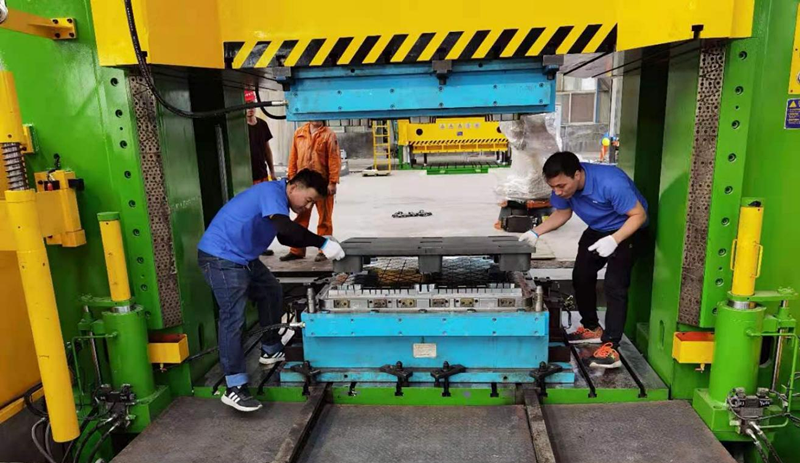
Definition and principle of stamping mold
Compression molding, also known as compression molding or compression molding, is a manufacturing process in which materials such as plastics, rubber, ceramics, and composites are pressed into a desired shape by applying pressure. The compression molding process generally requires the use of professional press pressing machinery or equipment. Commonly used mold materials include steel, carbide, molds, etc. By placing the preheated material into the mold cavity, under pressure, and after a certain time and temperature, the material conforms to the shape of the mold cavity and solidifies, thereby forming the mold.
The difference between stamping and other processes
Stamping has several outstanding advantages over other manufacturing processes, including:
1. Cost-effectiveness: The loss of raw materials is small, making the unit cost of mass-produced parts relatively low, which is very suitable for mass production.
2. High efficiency (fast speed): The automated nature of the die results in fast cycle times and high output, maximizing efficiency and productivity.
3. High molding accuracy: Through good mold design and manufacturing technology, the stamping mold can produce parts with high dimensional accuracy and smooth surface.
4. Design flexibility: Stamping molds can be customized to produce products of various shapes and sizes, thus providing greater design flexibility and creativity.
5. Material diversity: The stamping mold can accommodate a variety of materials, including thermoplastics, thermoset plastics, rubber and composite materials, providing diversity for product design and application.
Application areas of stamping molds
Stamp molds are widely used in manufacturing various parts and components, including machinery, electronics, automotive, aerospace, medical equipment and other industries. For example, in the machinery industry, stamping molds are widely used to manufacture gears, bearings, bolts and other parts. In the electronics industry, they can be used to manufacture mobile phone cases, electronic locks and other parts.
4. Common problems and solutions for stamping molds
1. The mold assembly is unreasonable, resulting in insufficient accuracy. Molds can be reassembled to ensure assembly accuracy.
2. Excessive wear on the mold surface. The mold surface can be repaired or a new mold can be replaced.
3. The material melts unevenly, causing defects on the surface of the parts. Measures such as preheating can be used to ensure that the material is melted evenly.
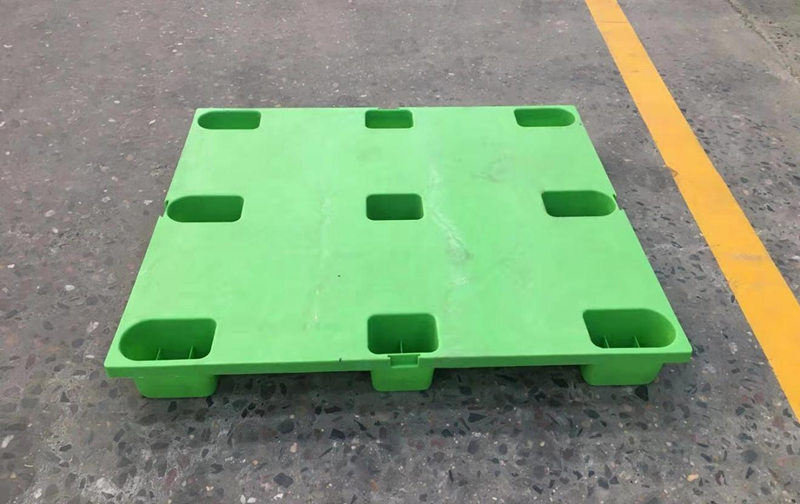
In summary, stamping molds play a vital role in modern manufacturing, providing a cost-effective, efficient and versatile solution for producing a variety of products. Its widespread use in design and production also underlines its importance. Mastering stamping technology can help manufacturers improve product quality and manufacturing efficiency, and improve market competitiveness.
 English
English
 English
English  ελληνικά
ελληνικά  Esperanto
Esperanto  Afrikaans
Afrikaans  tiếng Việt
tiếng Việt  Català
Català  Italiano
Italiano  שפה עברית
שפה עברית  Cymraeg
Cymraeg  العربية
العربية  Galego
Galego  Latviešu
Latviešu  Română
Română  icelandic
icelandic  ייִדיש
ייִדיש  Hrvatski
Hrvatski  Kreyòl ayisyen
Kreyòl ayisyen  Srpski језик
Srpski језик  Shqiptar
Shqiptar  Slovenski
Slovenski  lugha ya Kiswahili
lugha ya Kiswahili  አማርኛ
አማርኛ  Malti
Malti  Bosanski
Bosanski  Frysk
Frysk  ភាសាខ្មែរ
ភាសាខ្មែរ  ქართული
ქართული  ગુજરાતી
ગુજરાતી  Hausa
Hausa  Кыргыз тили
Кыргыз тили  ಕನ್ನಡ
ಕನ್ನಡ  Corsa
Corsa  Kurdî
Kurdî  Lëtzebuergesch
Lëtzebuergesch  Malagasy
Malagasy  मराठी
मराठी  മലയാളം
മലയാളം  Maori
Maori  Hmong
Hmong  IsiXhosa
IsiXhosa  Zulu
Zulu  سنڌي
سنڌي  Shinra
Shinra  Հայերեն
Հայերեն  日本語
日本語  한국어
한국어  Punjabi
Punjabi  Chichewa
Chichewa  Samoa
Samoa  Sesotho
Sesotho 

